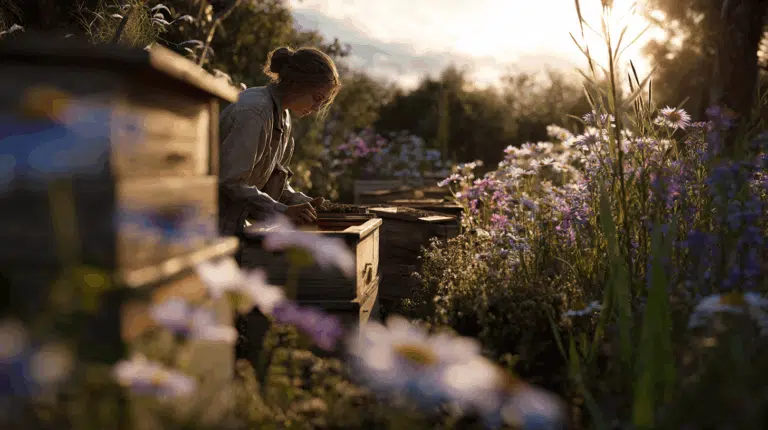Ranunculus blooms with full, double, rose-like flowers in vibrant colors. Our selection is perfect as cut flowers, lasts a long time in vases, and makes an attractive focal point in any interior.
The Ranunculus asiaticus, also known as the Persian buttercup, is a beloved cut flower known for its lush, rose-like petals and rich, vibrant colors.
From pure white to soft pink, sunny yellow, bright orange, and deep red, these flowers instantly add luxury and elegance to any bouquet. Their long, sturdy stems make them easy to handle and they stand beautifully upright in vases and arrangements.
The Ranunculus exudes romance, freshness, and refinement, and is perfect for both classic and modern flower arrangements. With proper care, you can enjoy their full blooms and vibrant colors for a long time.
This versatile cut flower is ideal for weddings, festive occasions, or simply to add a touch of style and cheerfulness to your interior. An absolute favorite among florists and flower lovers alike.

Ranunculus, also known as buttercups, are flower bulbs (or rather, tubers) known for their full, rose-like flowers in vibrant colors. They bloom for a long time and are perfect for flowerbeds, pots, and bouquets. Their romantic appearance makes them a favorite with gardeners and florists.
Water regularly, especially in dry weather, but avoid wet feet. Remove wilted flowers to prolong flowering. Ranunculus usually bloom from May to July. The better you care for them, the longer they will continue to flower.
Yes, but with some care! After flowering, let the leaves die back naturally so the tuber can store energy. Then dig up the tubers, let them dry, and store them in a cool, dry place until next spring. In mild winters, you can sometimes leave them in the ground, as long as they are well covered from frost.
Ranunculus blooms for an average of 6 to 8 weeks, depending on the weather and care. Regularly removing wilted flowers and providing sufficient water can prolong the blooming period. In cool spring weather, the flowers often last even longer.
This can have several causes. Often, it's due to soil that's too wet, too little sunlight, or planting too early in cold temperatures. Provide a sunny, dry location and soak the tubers in lukewarm water first. Also, make sure the "claws" are pointing downward when planting.